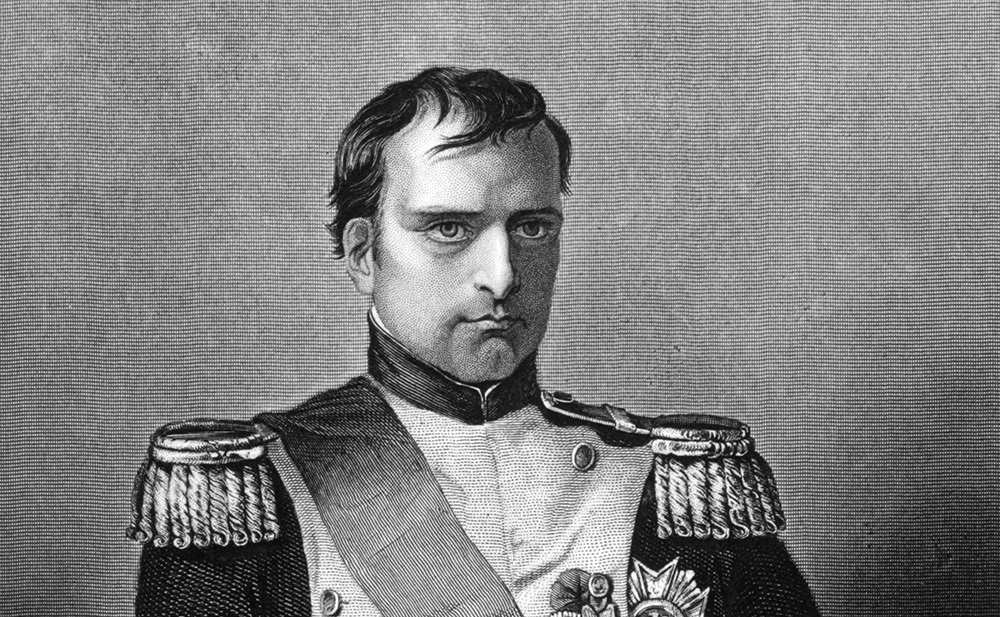The concept originated from a study by Carl Von Clausewitz into Napoleon’s defeat of the Prussian Army early in the 19th Century. The defeated Prussian Army was highly controlled, bureaucratic and status conscious. There was very tight discipline and officers were expected to follow orders. On the other hand, Napoleon focussed on inspiring his soldiers and empowering his leaders. He actively encouraged his officers to understand the big picture and to make decisions in battle without checking with him.
Napoleon’s leadership style was the essence of what is now called Mission Command. Mission Command worked for Napoleon right up to Moscow and, more usefully for the reader, I have seen it successfully applied in a range of organisations including businesses, schools, universities, and charities. It allows leaders to harness the enthusiasm and talent of others. It is energising and empowering, allows speedy decision-making, and helps people to prioritise and to focus on the important work.
Mission Command is largely about culture: it insists on certain positive ways of working, and all activity is focussed on a clear and robust aim.
Selection and Maintenance of the Aim
Selection and Maintenance of the Aim is the core principle of Mission Command, around which everything is built. In more modern terms, this can be seen as developing a clear and compelling purpose.
When organisations are not clear about what they are trying to achieve, there is internal friction and competition, and the organisation lacks purpose. Defining the right aim excites people and gives them something to work towards. ‘Maintaining’ the aim means that the leader needs to make sure that the aim is still relevant.
Around this all-important aim, Mission Command insists on a positive culture which includes four key building blocks:
Build Trust and Mutual Understanding
Internal competition, gossip and friction are discouraged, and different parts of an organisation are expected to support and work with each other in pursuit of the overall Aim. Leaders are not allowed to interfere or micromanage, but instead, they train and empower junior leaders and trust them to do their best. Mutual Understanding is encouraged by sharing information and encouraging connections throughout the organisation. This allows departments to better support each other. Trust is fundamental to allowing leaders at all levels to make timely decisions on behalf of the organisation without referring decisions upward for approval.
Objectives Within the Organisation Must Align
When the internal objectives of an organisation are properly aligned, everybody is clearly working towards the same thing; the energy of the organisation is connected and focussed. The objectives of each team member should feed into and support the objectives of the person they report to. Everybody’s work clearly contributes to the overall aim of the organisation. When objectives are aligned in this way, team members at the lowest level feel a sense of purpose; they see the big picture and understand how their work supports the organisation’s strategic aim.
An important aspect of this is that everybody clearly understands what the person they report to is trying to achieve, which allows them to use their initiative and creativity to support that. This is energising, and it engages and empowers people.
When direction is given leaders are told WHAT to achieve, and WHY, but not HOW
The What is a simple and easily understood statement, and the Why gives the reason and purpose that helps to motivate people by creating an emotional connection to the task. But allowing people to work out the How for themselves is important. Leaders at every level are trusted to create their own plan and given as much freedom as possible. The role of the senior leader is to support and resource and potentially even coach the person who has been given the task, but not to meddle or direct. This means that people feel ownership of their part of the plan, and it frees senior leadership to focus on more strategic work. By being allowed to create their own How leaders at all levels are encouraged to think creatively and develop the plans which they will themselves carry out. Usually, these plans will be better linked to reality than plans created by people further away from the situation.
Keeping Up Tempo
Mission Command involves making effective decisions quickly and turning them into action. In Mission Command this is called Tempo. Leaders at every level are expected to have the knowledge and the confidence to make decisions, rather than passing decision-making upwards to more senior people or committees. The Mission Command way of working makes Tempo possible, because everybody is focussed on the same objective, and the culture of Trust and Understanding allows senior leaders to trust their team to make decisions on their behalf.
In Summary
A true Mission Command environment is hard to achieve and harder to maintain. Gossip and internal competition tend to undermine trust and mutual understanding, and people lose sight of the aim they should be working towards as process and procedure take precedence over purpose. It takes leadership, focused effort, and training to build a Mission Command culture. Thinking and decision-making are delegated to leaders at all levels, anchored by a clear and well-understood aim. When Mission Command is applied well, the culture will be creative, agile and energetic and there will be an absence of internal friction.
The challenge for a leader is to create a Mission Command environment, and then to be brave enough to let it run. Allowing that there may sometimes be some minor errors, but the benefits in pace and energy will outweigh the risk associated with tactical errors. Most leaders lose their nerve and grip the detail, but leaders who can work in this way maximise their own leadership effect by enabling others.
Neil Jurd OBE is the author of The Leadership Book and founder of residential training and video learning platform Leader Connect.











